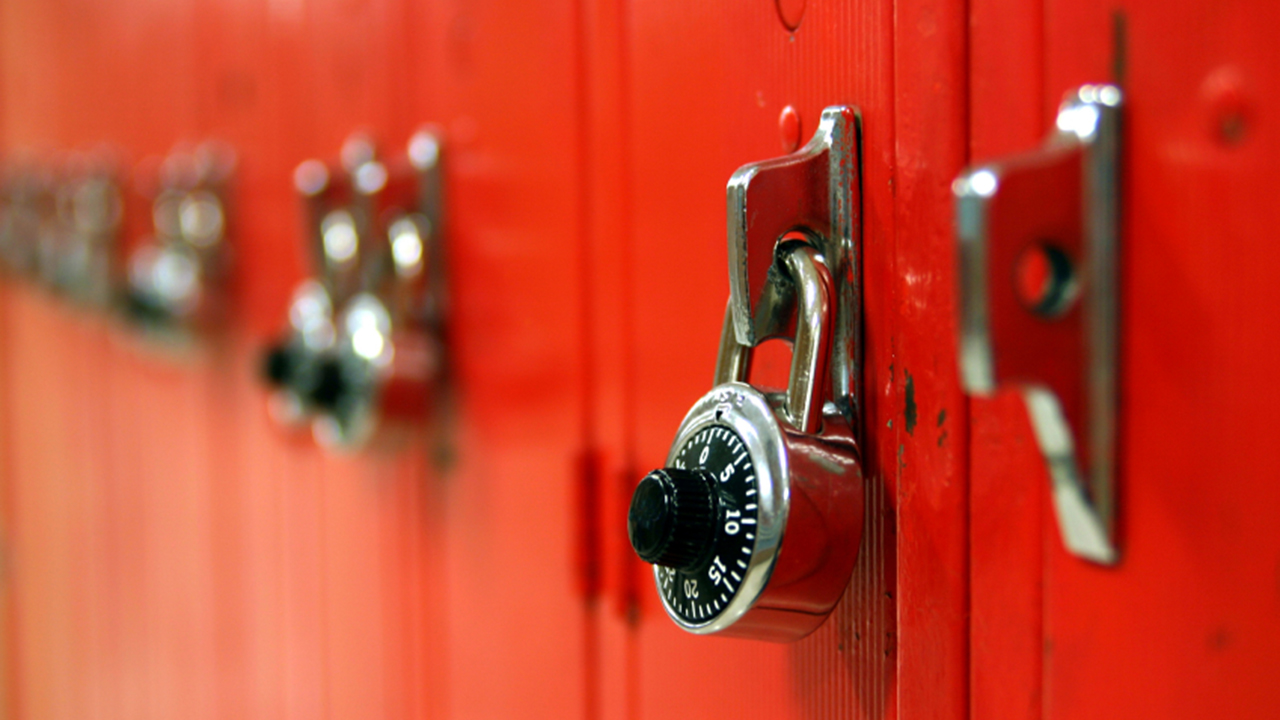Abortion rights, women of color, and LGBTQI+ people are under attack. Pledge to join us in fighting for gender justice.
Betsy DeVos Is Giving Alleged Rapists Special Rights

Last Friday, Betsy DeVos and the Department of Education rescinded Title IX guidance from 2014 and 2011 on what schools are required to do to protect students from sexual harassment and violence. In their place, the Department issued new interim guidance.
Below, I’ll explain how the changes to Title IX guidance have dangerous implications for student safety. In a separate post, I’ve outlined which student rights remain protected and which duties schools are still required to carry out under the 2017 guidance. And in yet another post, I’ve outlined areas where the interim guidance made things more confusing for schools.
Here’s what has changed
1. Schools can now tilt the evidentiary standard in favor of rapists and harassers.
The 2011 guidance had required schools to use the “preponderance of the evidence” standard. This meant that schools were required to determine whether it was “more likely than not” (greater than 50-50 chance) that an alleged perpetrator had violated the code of conduct. But the 2017 guidance says that schools can use either the preponderance standard or the higher “clear and convincing evidence” standard. No one really knows what “clear and convincing” even means—all we know is that it’s greater than 51% but less than 100%.
Why is using the “clear and convincing” standard immensely problematic? In the U.S., nearly all administrative proceedings (like school disciplinary hearings) and judicial proceedings (civil and criminal trials) use the preponderance standard as long as the worst possible outcome does not include prison. This includes all school disciplinary hearings for violations like physical assault and theft, as well as all civil (not criminal) lawsuits for serious offenses like assault and wrongful death. The law recognizes that the preponderance standard is the fairest evidentiary standard to use in these non-criminal hearings, because it gives both sides an equal opportunity to prove that their version of events is “more likely than not.” And Title IX investigations fall into this same category of non-criminal hearings.
People like DeVos like to pretend that Title IX is a criminal law that requires “clear and convincing” or even “proof beyond a reasonable doubt.” But Title IX is NOT a criminal law meant to put rapists in prison. It is a civil law meant to ensure that all students have equal access to education. Title IX does not give schools the power to send rapists or harassers to prison. The absolute most a school can do is expel a student from campus—and that almost never happens.
Look—Title IX isn’t a criminal law by any stretch of the imagination. And the “preponderance of the evidence” standard is the only standard that schools should use in sexual misconduct investigations, because it is the only standard that creates a balanced scale that is equally fair to both sides. But the 2017 guidance wants to tilt that scale in favor of alleged rapists and harassers. It’s saying that not only do sexual abusers deserve more rights than physical abusers and plagiarists, but also that rapists deserve more rights than rape survivors.
2. Schools can make appeals available only to the perpetrator—but not the student who was raped or harassed.
Although the 2011 guidance did not require schools to provide an appeal process, it did require schools to make appeals equally available to both sides. That is, if one side has the right to appeal, then so does the other. But the 2017 guidance allows schools to make appeals available only to the perpetrator.
This is yet another example of DeVos giving alleged rapists special rights. And it directly violates the 2017 guidance’s mandate that “[a]ny rights or opportunities that a school makes available to one party during the investigation should be made available to the other party on equal terms.” Apparently, “equal rights” is just code for “protect rapists.”
This rule also has really damaging consequences for survivors of sexual harassment and violence. First, just knowing that only the perpetrator will be allowed to appeal is a clear signal to survivors that their school won’t be fair to them. The result is that fewer survivors may file a complaint in the first place. Moreover, if a school’s procedures are unfair, and survivors are barred from appealing, then they have no place to turn—unless they decide to embark on an expensive, time-consuming, and emotionally traumatizing lawsuit. And even if the lawsuit is successful, it could take years to get a judgment. In the meantime, the hostile environment remains unaddressed and is likely exacerbated by retaliation from the perpetrator, classmates, and/or school officials. All of this takes a heavy toll on the survivor’s right to get an education—which was supposed to be the whole point of Title IX.
3. Schools may now allow rape survivors to be directly cross-examined by their rapists.
Cross-examination is a way for each side to question the other side’s testimony and evidence. But in a sexual violence case, it can be highly traumatic for a rape survivor to be personally questioned by their rapist. That’s why the 2011 guidance strongly discouraged schools from allowing parties to personally cross-examine each other in sexual violence cases. To avoid perpetuating a hostile environment, schools were urged to ask each side to submit questions to a third party, who would then cross-examine the other side on their behalves.
But the 2017 guidance doesn’t care about re-traumatizing students. It just tells schools that they can allow cross-examination either by the students or by a third party. Survivors may be more likely to drop their case if they know that they’ll be directly cross-examined by their rapist. If they do drop their case, they’ll likely continue to face a hostile environment that interferes with their ability to learn at school. And if they don’t want to drop their case, then the only way they can remedy their current hostile environment is by subjecting themselves to further hostility. It’s a terrible lose-lose situation.
4. Schools are no longer urged to resolve complaints within 60 days.
The 2011 guidance had recommended (but did not require) that schools finish investigations within 60 calendar days. But the 2017 guidance doesn’t mention this time frame at all and specifically says that there is “no fixed time frame” for completing a Title IX investigation.
This is irresponsible af because some K-12 schools and colleges already take far too long to investigate Title IX complaints. Now, DeVos is essentially telling them, “You can take as long as you want. You could even just wait until the student drops out from the trauma. I won’t hold you accountable.”
Here’s what you can do to support Title IX
The 2017 guidance is trash. It hurts survivors, makes schools less safe, and creates uncertainty for school administrators. But here’s the thing—schools can choose not to follow it. Here’s what you can do to help spread the word:
- Sign our pledge: Do whatever it takes to #StopBetsy and the Trump administration from enshrining rape culture as official U.S. Department of Education policy.
- Ask your school administrators to adhere to the 2011 [PDF] and 2014 [PDF] If they have questions, you can share our easy-to-read fact sheets with them (see below).
- Ask your school’s Title IX coordinator to adhere to the 2011 [PDF] and 2014 [PDF] Share these fact sheets with them too.
Fact sheets (~2 pages each):
- Mythbusting Title IX: Dispel 8 common myths about Title IX
- Sexual Violence & Title IX: What schools must do to address sexual violence
- FERPA & Title IX: Despite what some schools believe, disclosures required by Title IX do not conflict with the Family Educational Records Privacy Act (FERPA).
- LGBTQ Students & Title IX: Title IX prohibits gender-based harassment—harassment based on a student’s nonconformity with stereotypes of masculinity and femininity, which includes sexual orientation and gender identity.
- Cyberbullying & Title IX: Schools are required to address sexual harassment that occurs via text messages, instant/direct messages, emails, videos, social media pages, etc.
Learn about which Title IX rights remain protected despite the 2017 guidance.





